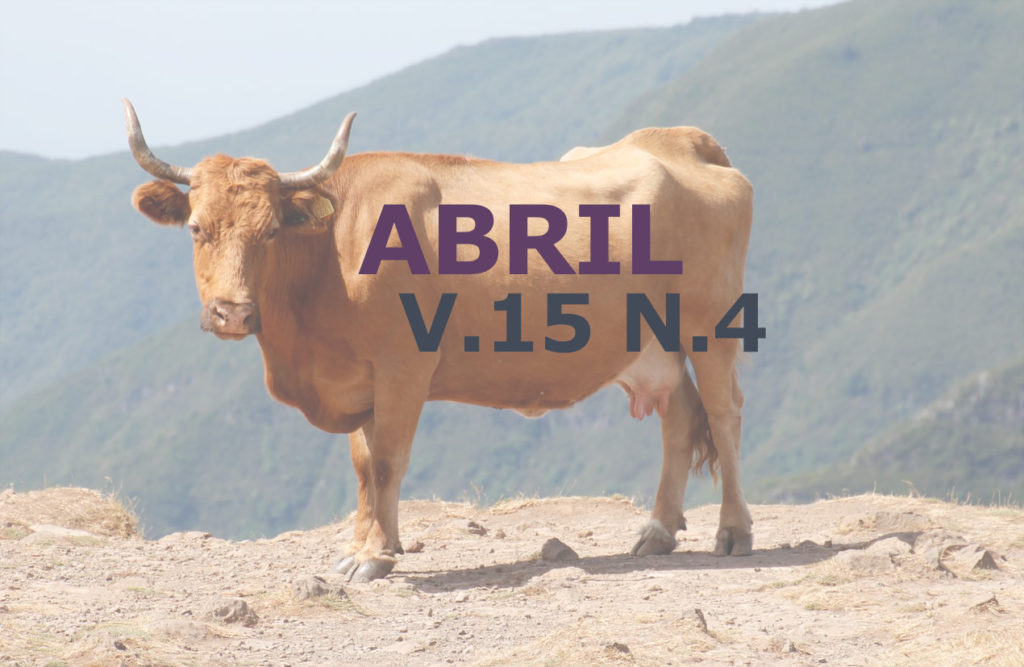Pituitary abscess by Escherichia coli in a crossbred bovine
DOI:
https://doi.org/10.31533/pubvet.v15n04a785.1-5Keywords:
Abscess, Escherichia coli, pituitaryAbstract
The pituitary abscess syndrome occurs more frequently in ruminants than in other species. This disease is characterized by the formation of abscesses in the vascular complex on the basal sphenoid bone, which can, by extension, affect the pituitary or neighboring structures. Clinical signs can be varied and associated with pairs of cranial nerves. The present study aimed to describe the clinical and pathological aspects of a Guzolando bovine with a pituitary abscess by Escherichia coli. A female bovine, approximately two years old, of the Guzolando breed, was attended with pedaling movements, opstotonous and white foamy liquid coming out through the nostrils. At necropsy, an increase in the volume of the pituitary region containing yellow-greenish secretion was observed, and in the culture of the secretion, growth of E. coli was observed. The diagnosis of the pituitary abscess was based on macroscopic changes and the culture and identification of the bacteria. There are no effective control measures. It is suggested that the properties that breed cattle have adequate management measures to minimize the risks of the disease occurring.
Downloads
Published
Issue
Section
License
Copyright (c) 2021 Fabiola Bigati Risso, Jhones Aragão Costa, Ana Clara Santana Malegoni, Bruna Mauri Dias, Tayná Bolsam da Silva, Luiz Alexandre Moscon, Diogo Almeida Rondon, Clairton Marcolongo Pereira

This work is licensed under a Creative Commons Attribution 4.0 International License.
Você tem o direito de:
Compartilhar — copiar e redistribuir o material em qualquer suporte ou formato
Adaptar — remixar, transformar, e criar a partir do material para qualquer fim, mesmo que comercial.
O licenciante não pode revogar estes direitos desde que você respeite os termos da licença. De acordo com os termos seguintes:
Atribuição
— Você deve dar o crédito apropriado, prover um link para a licença e indicar se mudanças foram feitas. Você deve fazê-lo em qualquer circunstância razoável, mas de nenhuma maneira que sugira que o licenciante apoia você ou o seu uso. Sem restrições adicionais
— Você não pode aplicar termos jurídicos ou medidas de caráter tecnológico que restrinjam legalmente outros de fazerem algo que a licença permita.





